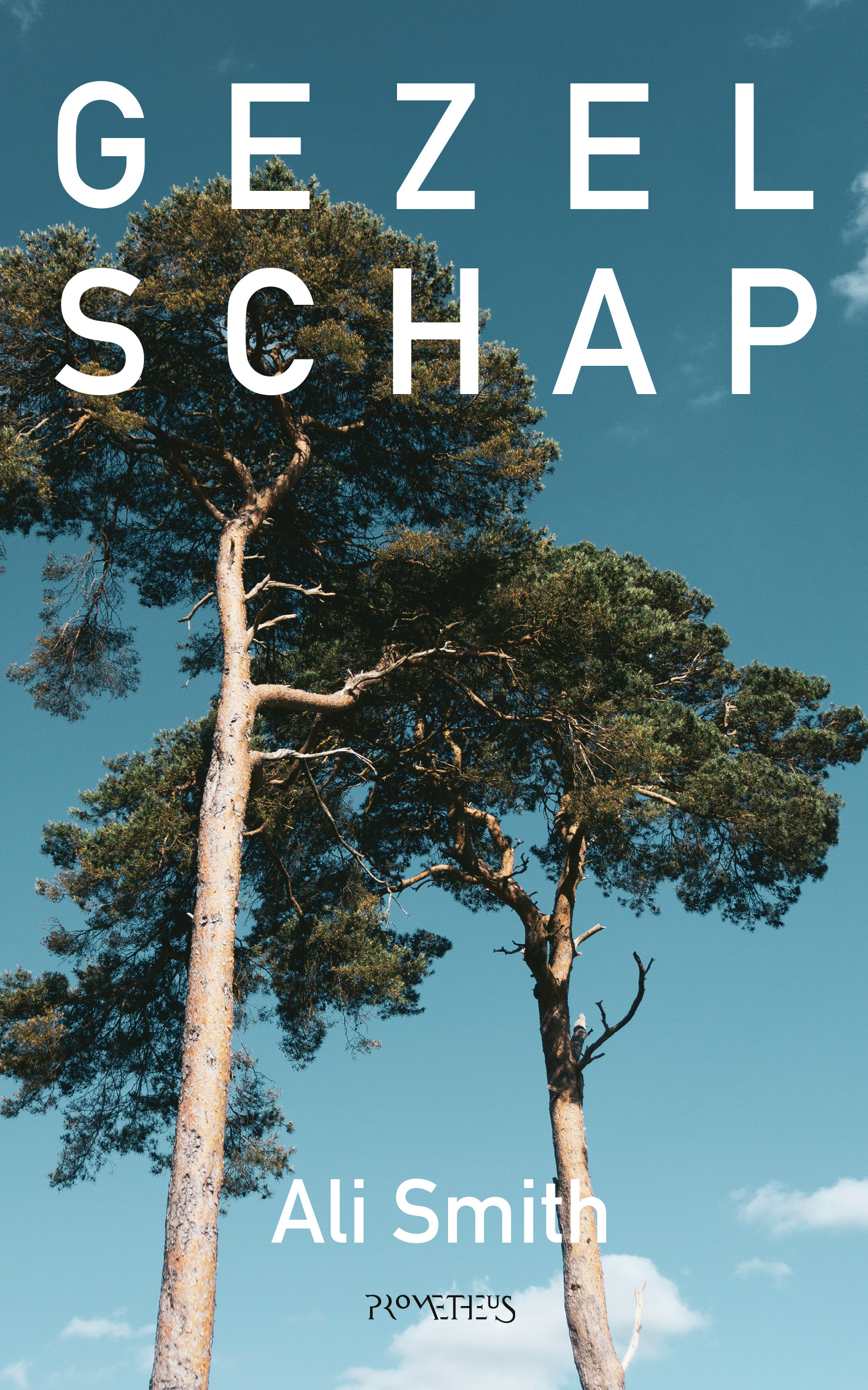What do you think?
Rate this book


256 pages, Paperback
First published April 7, 2022
Everything was mulch of a mulchness to me right then. I even despised myself for that bit of wordplay, though this was uncharacteristic, since all my life I’d loved language, it was my main character, me its eternal loyal sidekick. But right then even words and everything they could and couldn’t do could f--- off and that was that.
“Una historia es siempre una pregunta”Una pregunta será la que trastoque la vida de su protagonista, Sandy Gray. Sandy vive en la Gran Bretaña post-Brexit y aún bajo los efectos de la reciente pandemia. Pinta cuadros sobre poemas de sus escritores preferidos. No pasa por sus mejores momentos, ni personales, rondando los cincuenta años vive sola, tiene a su padre hospitalizado por problemas cardíacos al que, a causa de la pandemia, no puede visitar tan a menudo como quisiera, ni tampoco artísticos. Un día recibe la inesperada llamada de una antigua compañera de la universidad con la que apenas mantuvo relación en aquellos tiempos y a la que no volvió a ver después. Esa llamada cambiará algunas cosas.
“…tan solo un día antes no me importaba nada, tan solo seguir despreciándome.”La llamada la hace Martina Pelf. En la universidad, Sandy la ayudó en un trabajo sobre un poema de E. E. Cummings. A Sandy se le daban bien las palabras. Por ello fue que Martina se acordó de ella para plantearle un enigma que no se podía quitar de la cabeza, una pregunta que oye estando en una sala del aeropuerto al que había llegado portando una extraordinaria cerradura medieval que debía entregar al museo en el que trabajaba y donde la habían encerrado en un claro caso de abuso policial (“¿Un país no es suficiente para ti?”, le pregunta un funcionario cuando ella tiene que enseñar sus dos pasaportes). La pregunta que oye es “Zarapito o cubrefuego… tú eliges”(*).
“A primera vista ni siquiera se te ocurre que sea una cerradura ni que tenga un mecanismo dentro, no hay forma de saber cómo o dónde se introduce la llave para abrirla. Es difícil descubrirlo, aunque sepas dónde mirar.”Todo lo que ocurre a partir de aquí es dudoso, pudiera ser una forma alegórica de contarnos el proceso por el que Sandy se reconcilia consigo misma. De hecho, ya la pregunta que oye Martina es extraña y también lo es la forma en la que la escuchó, completamente sola en la sala del aeropuerto sin poder descubrir de dónde venía la voz. También resulta raro que se acordara de Sandy después de tantos años y a la que había ignorado antes y después de recibir su ayuda para el trabajo. Más extraño aun, y divertido, es como la familia de Martina, que también acaba de dar un giro a su vida, se introduce en la vida de Sandy e incluso invaden su casa. Pero lo más inaudito es que se topara una noche en su habitación con una niña andrajosa que hablaba con modos antiguos y que se acompañaba de un extraño pájaro de largo pico. Esta niña resultará ser aquella de la que sabemos en la última parte de la novela, la novela se divide en tres partes, la herrera que supuestamente forjó la extraña cerradura en una época devastada por una plaga.
“(los libros son importantes) porque son una de las formas en que podemos imaginarnos de otra forma”Como en cada una de las novelas que forman parte de su cuarteto estacional, el cuadro que pinta del mundo actual es más que preocupante, pero de igual forma que en aquellas también aquí deja un huequito para la esperanza, aunque sea una esperanza desesperada.
“… estaba perdida. Estaba sola… Anochecía…No tenía ni idea de dónde estaba ni qué dirección tomar. Lo que había allí era todo lo que había…Lo que conocí fue mi propia ausencia. Lo que percibí nítido como el aire puro, fue el fantasma de una oportunidad, de una presencia distinta.”No solo Sandy es hábil con las palabras, también a la autora le gusta jugar con ellas, con sus posibles significados, con su etimología. En uno de los capítulos nos habla de la palabra “hola”, una palabra que utilizamos como saludo amigable e informal pero también como exclamación cuando alguien nos pilla desprevenidos o la utilizamos para preguntar si hay alguien en casa o como llamada de atención… “hola” es la última palabra del texto.
